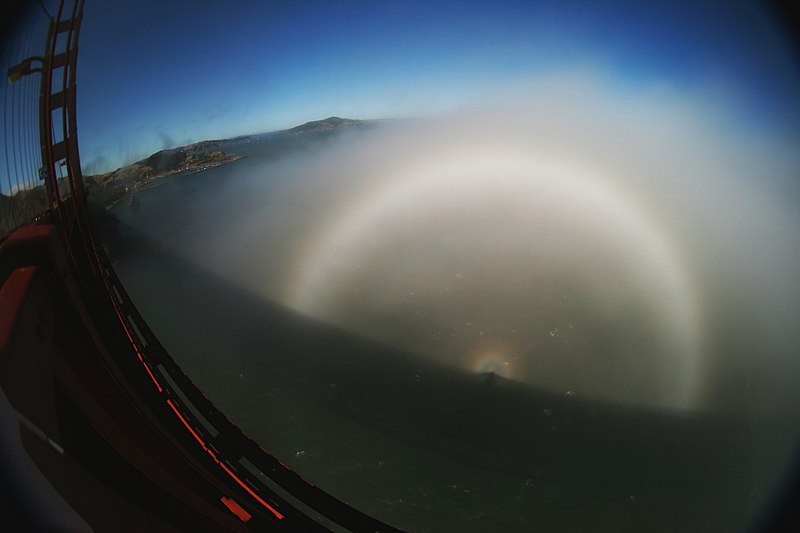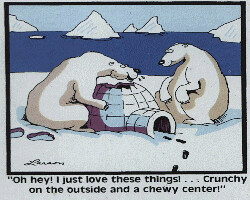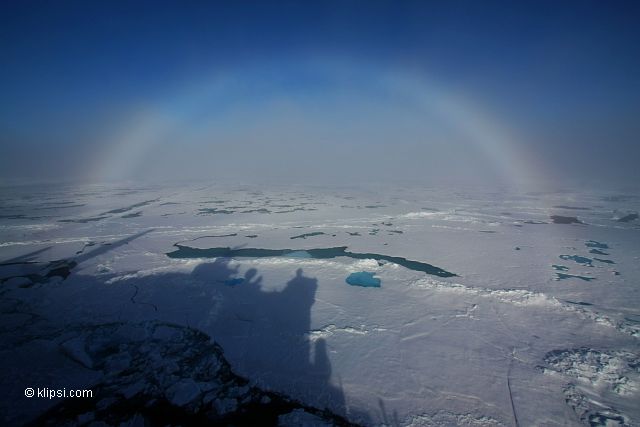Rob,RJN wrote:I think the determining factors will ultimately be determined by physics. I think testable physical differences between fogbows and glories should decide this. Does anyone know of anything definitive that would clearly decide between the two possibilities in this case?
I'd like to share my thoughts on this question. I finally found some time to catch up and focus on these a halos. It looks to me the Glory and Fogbow are night and day different, and I think Les' pictures are better for comparing these halos that the Wiki link, and I will go so far as to say that the Wiki article needs more work. It is short and incomplete. Given all the Fogbow pictures I've seen (all are different than the Glory), I believe Wiki is wrong to say "a fogbow has no colors." Also, the Wiki pictures are convoluted with simultaneous glory and fogbow halos.
With that said, here are my observations that strongly (and repeatably) differentiate the two halos:
1. A fogbow has it's brightest ring outside, with supernumeraries inside the primary ring and which are progressively fainter towards the antisolar point. A glory has the opposite; primary ring brightest nearest the antisolar point with secondary rings getting fainter moving away from the antisolar point
2. The color progression for the fogbow supernumeraries is also opposite of the glory secondary rings. For the fogbow, the red spectral band exists on the inside (toward the antisolar point) of the white band. For the glory, the red band exists on the outside of the white band.
Interestingly, the anitsolar point in the APOD picture is in the ground, just below a mound of rocks. Could there also be a glory? Maybe, but we don't know; the rings, they exist, are "behind" the outcropping. So, in my mind, the distinctions between a fogbow w/supernumeraries and a glory are clearly evident, and although I didn't duscuss pure physics parameters, I think basic characteristic differences do exist. Close observation reveals these and agree with the many pictures on Les' site. I hold a high regard for Les' knowledge in these matters, and, in all ways, I view his site for atmospheric phenomena as solid as the APOD site is for astronomy. Both are great sources for knowledge and entertainment.




